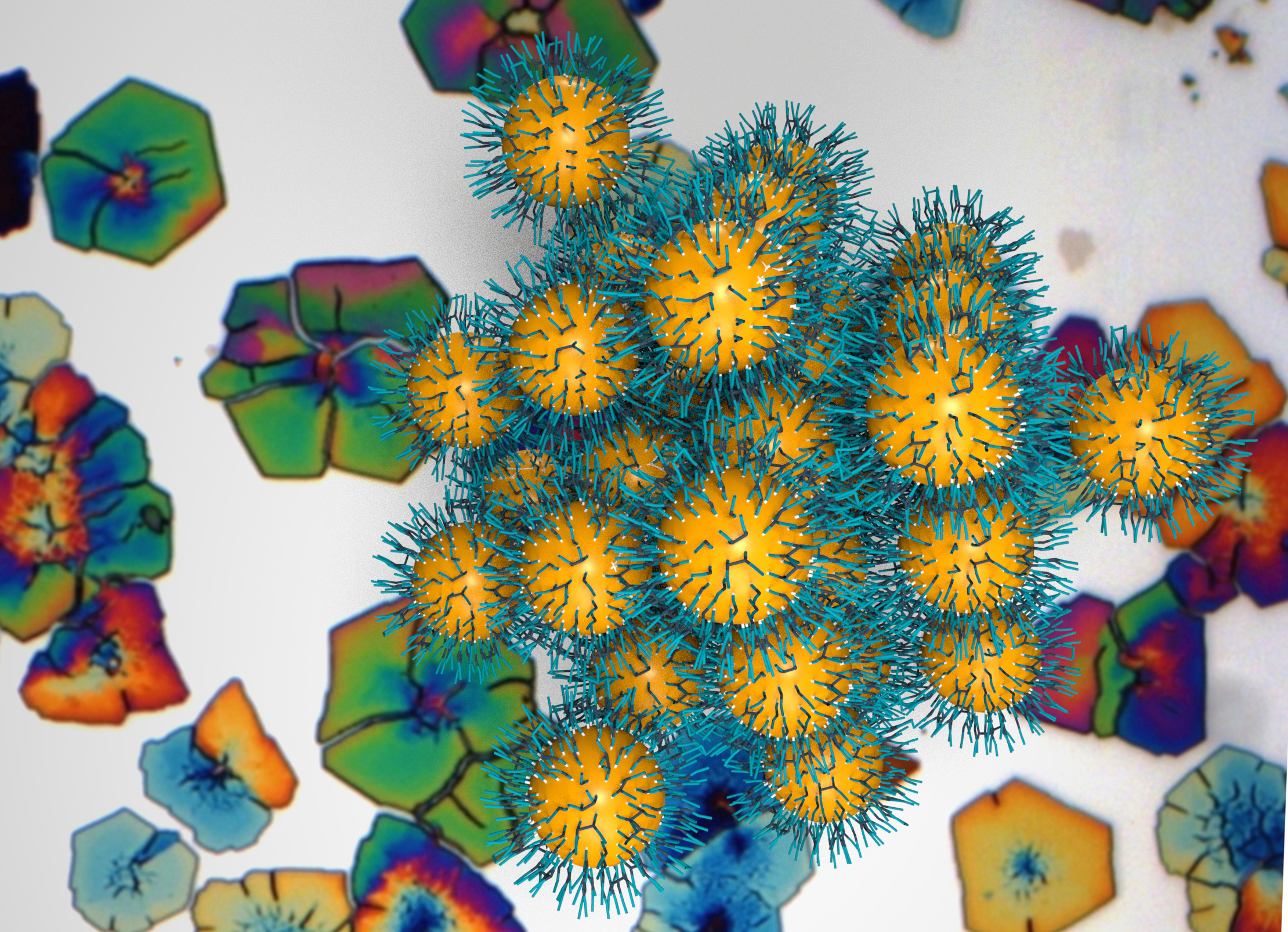
Fixing Spinal Cord Injuries With ‘Dancing Molecules’
Paralyzed mice “walk” again after new treatment created with the aid of the Advanced Photon Source.

Paralyzed mice “walk” again after new treatment created with the aid of the Advanced Photon Source.

A material with a disordered rock salt structure could help make batteries safer, faster-charging, and able to store more energy

Scientists discover a high-resolution X-ray fluorescence probe to measure nanostructures in thin films.

Scientists use X-ray-sensitive tags to see protein molecules in cells, opening new doors for studies in health, medicine, and bioscience.

Neutron and X-ray scattering shed light on exotic states that determine the electronic properties of materials.

Studies pinpoint the active site of a catalyst that converts sunlight to liquid fuels.

X-ray scattering measures the positions of atoms as they vibrate in a two-dimensional cover sheet.

Towards connecting and manipulating quantum states of matter with sound waves

Ligands allow fine tuning of nanoparticle superstructure properties

New optics technology can bring hard X-ray pulses down to a mere 300 picoseconds each

A new catalyst design meets cost, activity, and durability goals by leveraging ultralow loadings of platinum with platinum-free supports.

Penetrating X-ray mapping technique measures atomic character of crack propagation, which could lead to tougher metals.